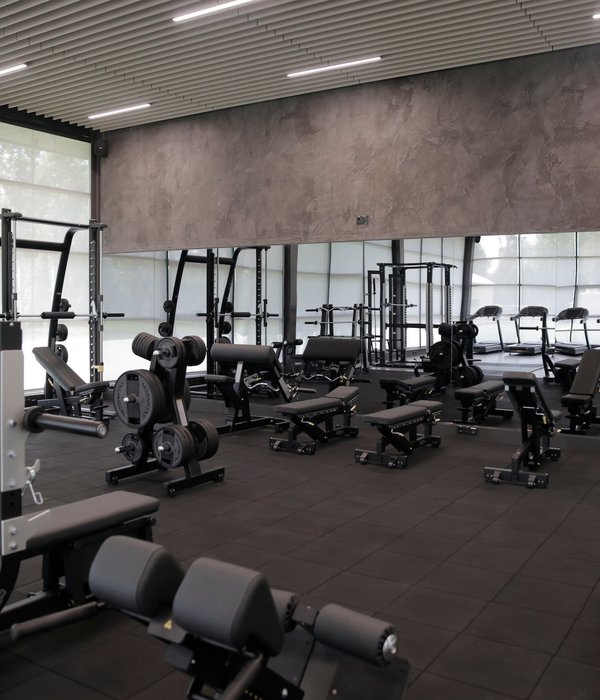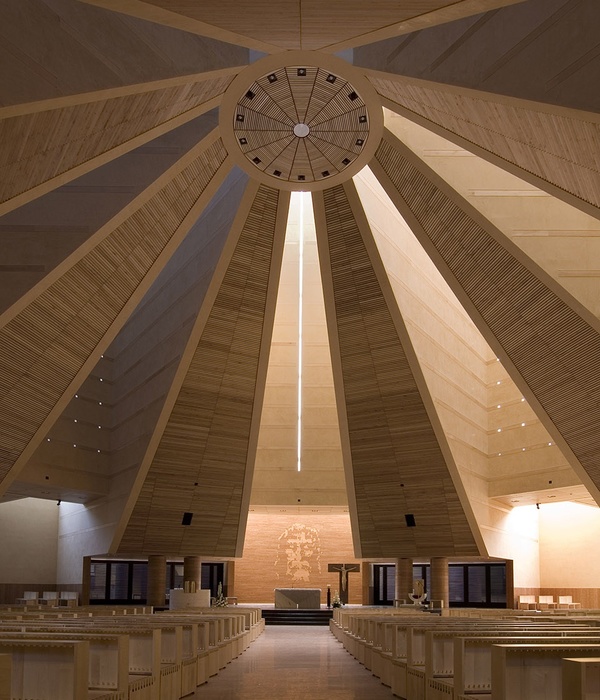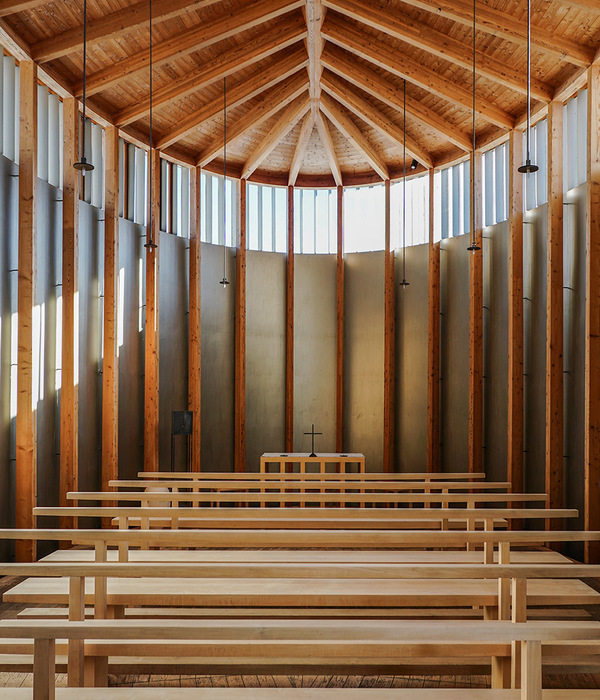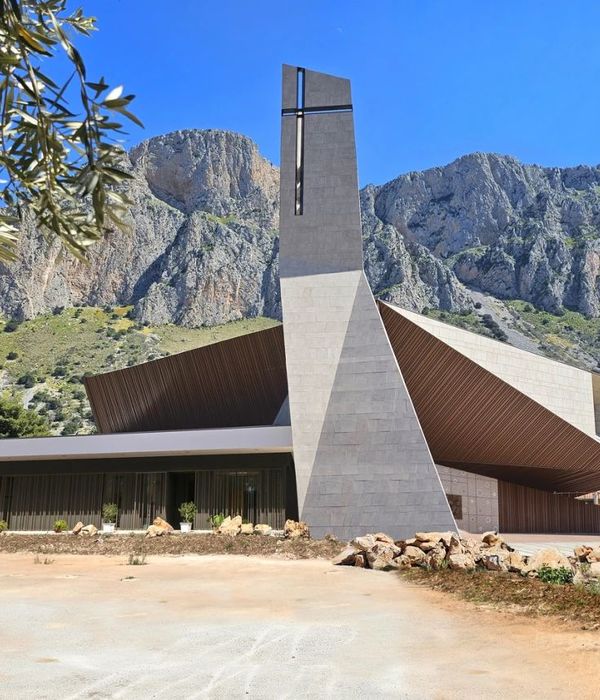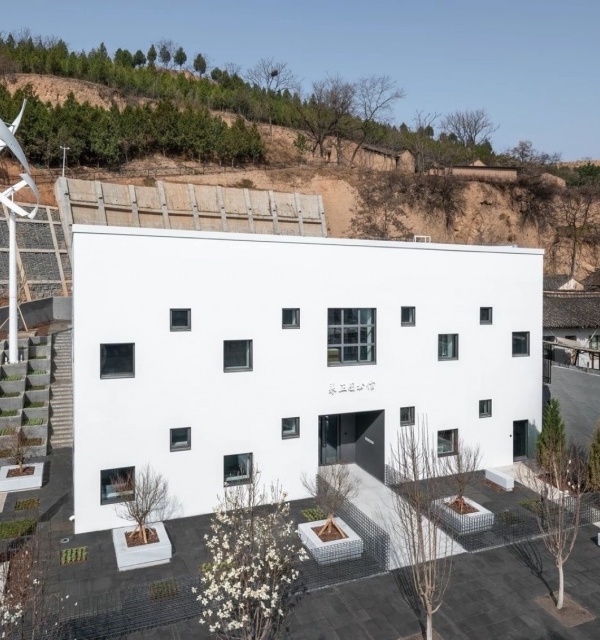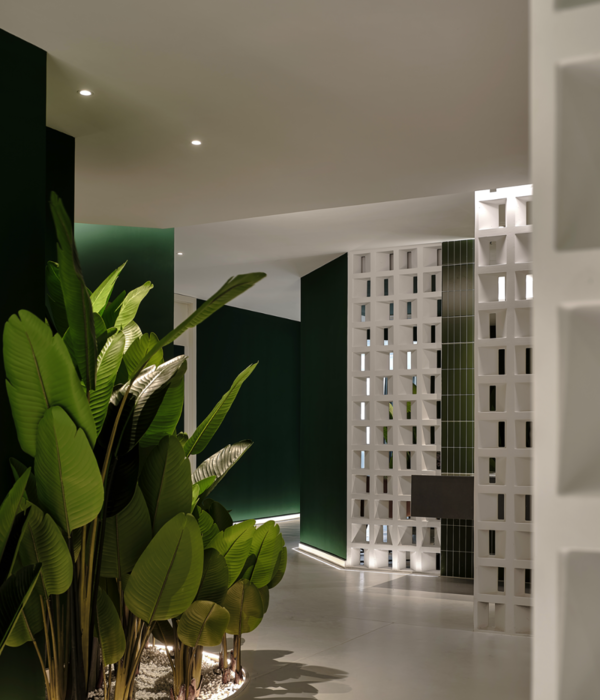Firm: Zecc Architecten
Type: Commercial › Exhibition Center Cultural › Cultural Center Government + Health › City Hall Landscape + Planning › Public Park
YEAR: 2012
In 2010 Zecc Architects was selected through a European tender for the expansion and renovation of the Drents Archive in Assen. Two years later Zecc delivers its first public building: The monument is quite been dusted, completely reorganized and equipped with a brand new entrance at the canal.
The reason for the plan is a new way of giving access to archival material. In the Drents Archive 3.0, you no longer find containers filled with old cards with family trees, but now you can navigate through digital photos, old maps and film material. You can search by time and place or even leave text messages with the found material to bring old stories back to life. An important goal is making the archive data accessible to a broad audience: young and old, for large groups, for "archive snackers and deep diggers".
The monumental building had a very closed character before the conversion and was accessed via a small tower on the Brink of Assen. With a new entrance to the pavilion on the other side of the building it has become accessible and inviting. Though the complete reversal of the routing and the associated program the old building is literally placed in today’s time. The pearl white entrance is already visible from the station at the canal side and it is accessible from the new archive garden or the nearby Museum Lane. A long meandering path takes you to the breathtaking entrance. Through this futuristic 'time machine' you enter the old archive building and history unfolds. The monumental state archive consists of three components from different periods and styles. A cloister from the Middle Ages is one of the oldest pieces of Assen. Around 1900 architect Lokhorst built the main building in neo-style, around 1980 architect Tauber realized an expansion with reading and underground archives. This last part is now equipped with a new entrance, which is the most recent addition in the series.
With the new entrance, the program is almost completely overhauled and all new features are strung together through a clear ongoing 'timeline'. As you go through the building, you travel from the present through the olk parts of the building from the Middle Ages.
Per period another approach is chosen for the architectural interventions and additions. The oldest part is of great monumental value and remained mostly unchanged. With new loose furniture and a coffeebar this part is connected to the other building component.
The section from 1900 is completely cleaned, so the original spatial quality has become visible again. Assen has now back the space how Lokhorst intended it. The offices that were housed here are moved upwards and now this part constitutes the core of the audience-friendly archive: The Digi Lounge. In this space, young and old can meet and exchange stories. The digital lounge is provided with several custom made furniture pieces with integrated digital facilities. In this component are also a reading room and a meeting room, which are fully restored in their original state. For this purpose an old ceiling painting has returned, which has hung temporarily in the adjacent archive.
In the section of Tauber a major reorganization has occurred: floors are broken, and beautiful spatial voids are created. In this part is now the entrance and auditorium. The sculptural rounded corners of the reception are reflected in the entire plan. From extension to furniture.
As a final addition there is in the year 2012 a refined entrance pavilion. With its seamless shapes, transparency and inviting staircase it seduces the visitor to discover the history. It optimistically preludes the future and connects the present with the rich past of Drenthe ..........
{{item.text_origin}}


